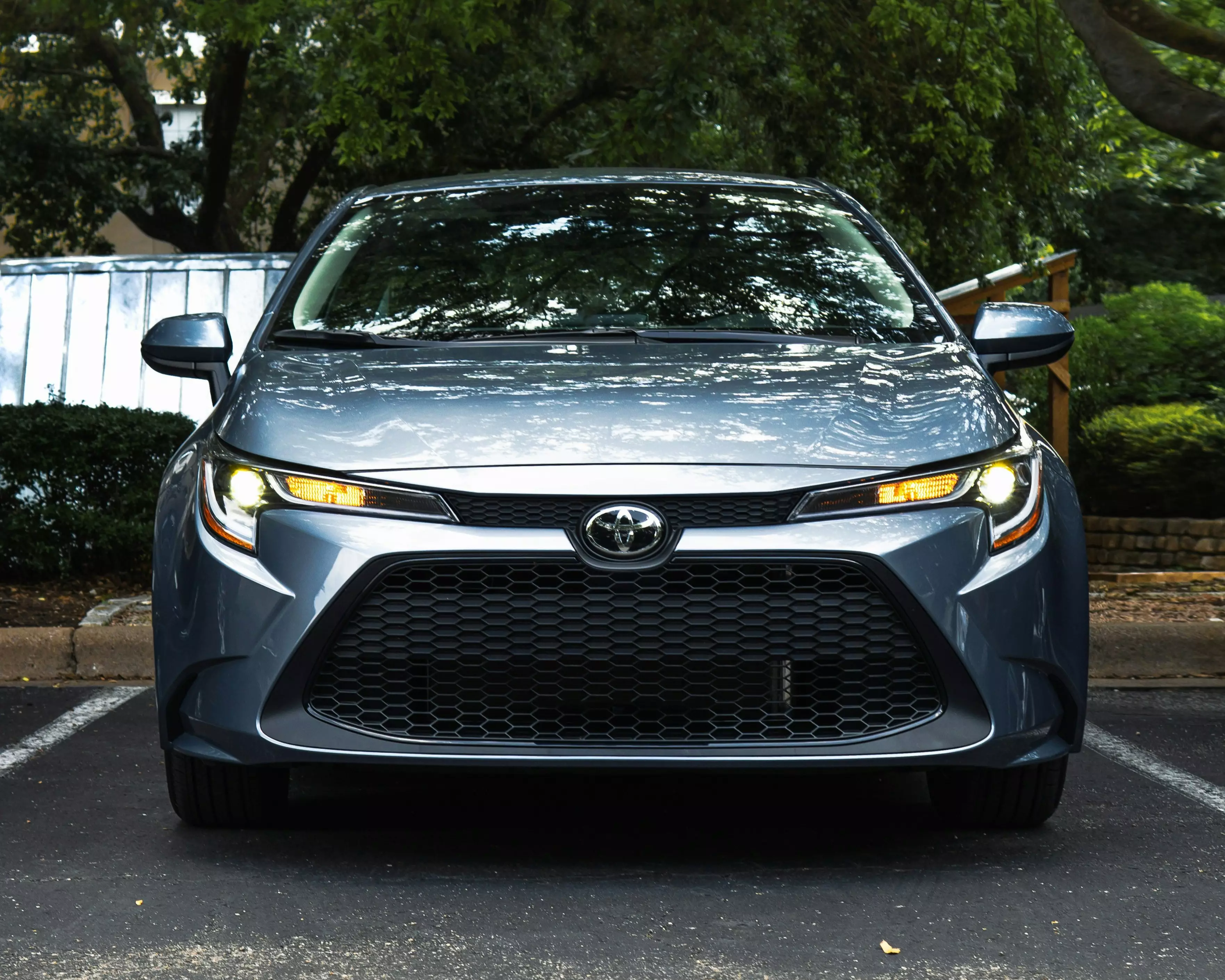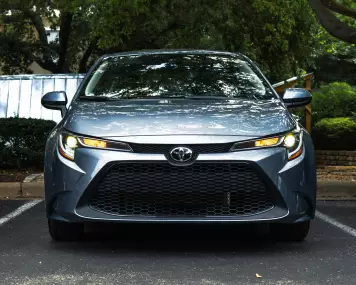Did you know that the average American driver travels about 13,476 miles each year, over 1,100 miles per month, equivalent to traveling from Washington D.C. to Kansas by road? Annual mileage plays a crucial role in your budget and your car’s health: the more miles you accumulate, the more you’ll spend on fuel, the higher your insurance premiums tend to be, and the more frequent your maintenance visits become.
It also affects how much you can get when it’s time to sell or trade-in your vehicle, as low-mileage cars typically command higher resale values. Whether you’re a daily commuter or occasional road user, understanding your annual mileage can help you make smarter driving decisions and maximize the value of your ride.

What Is the Average Annual Mileage in the U.S.?
The current average American driver covers about 37 miles per day. While this may seem insignificant, this figure quickly adds up to over 13,500 miles every year. In the recent past, especially before the pandemic, Americans drove more than ever. Pre-COVID, the total vehicle miles traveled hit 3.26 trillion miles, translating to an average of 14,236 miles per licensed driver.
Driving took a dip when the pandemic hit, and stay-at-home orders, remote work, and virtual schooling became a thing. That year, driving vehicle miles traveled fell by 11% to 2.90 trillion miles, with the average driver covering just 12,724 miles a year.
As restrictions eased, Americans gradually returned to the wheel. Within a few years, the total miles driven by vehicles across the U.S. rose to 3.20 trillion miles, almost back to the pre-COVID figures.
|
Age Group |
Average Annual Mileage |
Gender |
|
16-19 |
7,624 miles |
Male/Female |
|
20-34 |
15,098 miles |
Male/Female |
|
35-54 |
15,291 miles |
Male/Female |
|
55-64 |
11,972 miles |
Male/Female |
|
65+ |
7,646 miles |
Male/Female |
The annual driving habits vary by gender and age. Age significantly affects driving patterns. Younger drivers aged 16-19 and older drivers above 65 years tend to drive less, adults between the ages of 35 - 54 log the highest mileage of any age group, with over 15,000 miles. This difference is largely due to the fact that adults work and would need to commute to work, unlike the elderly who are mostly retired.
Average Miles Driven By Gender
According to the Federal Highway Administration, men drive roughly 6,400 miles more per year than women. Generally, men tend to drive more than women. This is largely because most men tend to hold regular employment for longer periods and are more likely to take on jobs that require longer commutes than females. The table below depicts the driving patterns in the U.S. by gender.
|
Demographics |
Average Annual Mileage |
|
Overall |
13,476 |
|
Men |
16,550 |
|
Women |
10,142 |
Which States Drive the Most in the US
People in rural states tend to drive much more each year than those in urban areas. This is mainly because rural areas have fewer public transportation options, and wider distances between places, with residents relying heavily on personal vehicles for daily movement.
In Wyoming, the average miles driven per year is about 24,069 miles, the highest in the U.S. This high figure is largely due to limited public transportation options, compelling residents to rely on cars for everything from grocery shopping to doctor’s appointments.
On the converse, the lowest annual mileage belongs to states like the District of Columbia, with an average mileage per year of 7,013 miles. The state is densely populated with an adequate transportation system. Drivers in such states tend to drive far less, thanks to the robust bus, rail, and subway networks that make car ownership optional.
The table below shows the top 10 states with the highest average annual miles driven per licensed driver in the U.S.
|
State |
Average Miles per Driver |
|
Wyoming |
24,069 miles |
|
Mississippi |
19.966 miles |
|
New Mexico |
19,157 miles |
|
Missouri |
18,521 miles |
|
Georgia |
18,334 miles |
|
Indiana |
18,024 miles |
|
Minnesota |
17,909 miles |
|
Alabama |
17,817 miles |
|
Oklahoma |
17,699 miles |
|
North Dakota |
17,671 miles |
Which States Drive the Lowest Average Miles?
Drivers in the District of Columbia average just 6,695 miles per year, less than half the national average of 13,482 miles. Many states with the lowest annual mileages share common traits: high urban density, extensive public transit networks, and shorter commutes to work.

Usually, these states have a robust public transport system, which includes subways, buses, and commuter-rail systems that make car ownership optional. Residents drive less in these states as they tend to have walkable neighborhoods and shorter distances between work, home, and amenities, significantly reducing the reliance on cars.
- District of Columbia: At 6,695 average miles driven per year, the District of Columbia has the lowest driving mileage in the U.S. The state has an extensive rail network, with its ridership being the second-busiest heavy rail network in the U.S. The state has a high-frequency bus service, serving more than 400,000 passengers weekly on its bus lines. Additionally, with over 11,500 people per square mile, jobs, shops, and most services are within easy reach of many residents, making owning a car prohibitive.
- Rhode Island: Rhode Islanders drive around 9,961 miles per year. They rely on the Rhode Island Public Transit Authority, which operates multiple fixed bus routes serving numerous communities. The transport service carries about 52,600 passengers daily. Most Rhode Island residents live within a 10-minute walk to a bus stop, making car-living practical across the state.
- New York: New Yorkers’ average mileage per year stands at 10,167 miles. The state’s Metropolitan Transportation Authority is one of the largest transit agencies in North America, serving hundreds of subway stations and bus routes. Almost half of New Yorkers commute using these transit systems to get to work, reducing reliance on personal cars.
- Washington: The average mile driven per year in Washington per year is 10,949 miles. On average, the state’s Sound Transit network carries around 41.7 million passengers annually, averaging around 134,000 weekday riders, with the light rail boarding over 80,000 passengers per weekday. The frequent services offered by the state’s transport system establish transit as a convenient alternative to driving.
- Alaska: At 11,111 average miles per year, Alaska ranks 5th in the U.S. with the lowest driving mileage. In Anchorage and other parts of the state, there are various bus routes that run every 15 minutes and serve over 500 passengers. In Southeast Alaska, residents depend on the highway ferry system, which connects commuters without road access, reducing the use of personal vehicles.




















